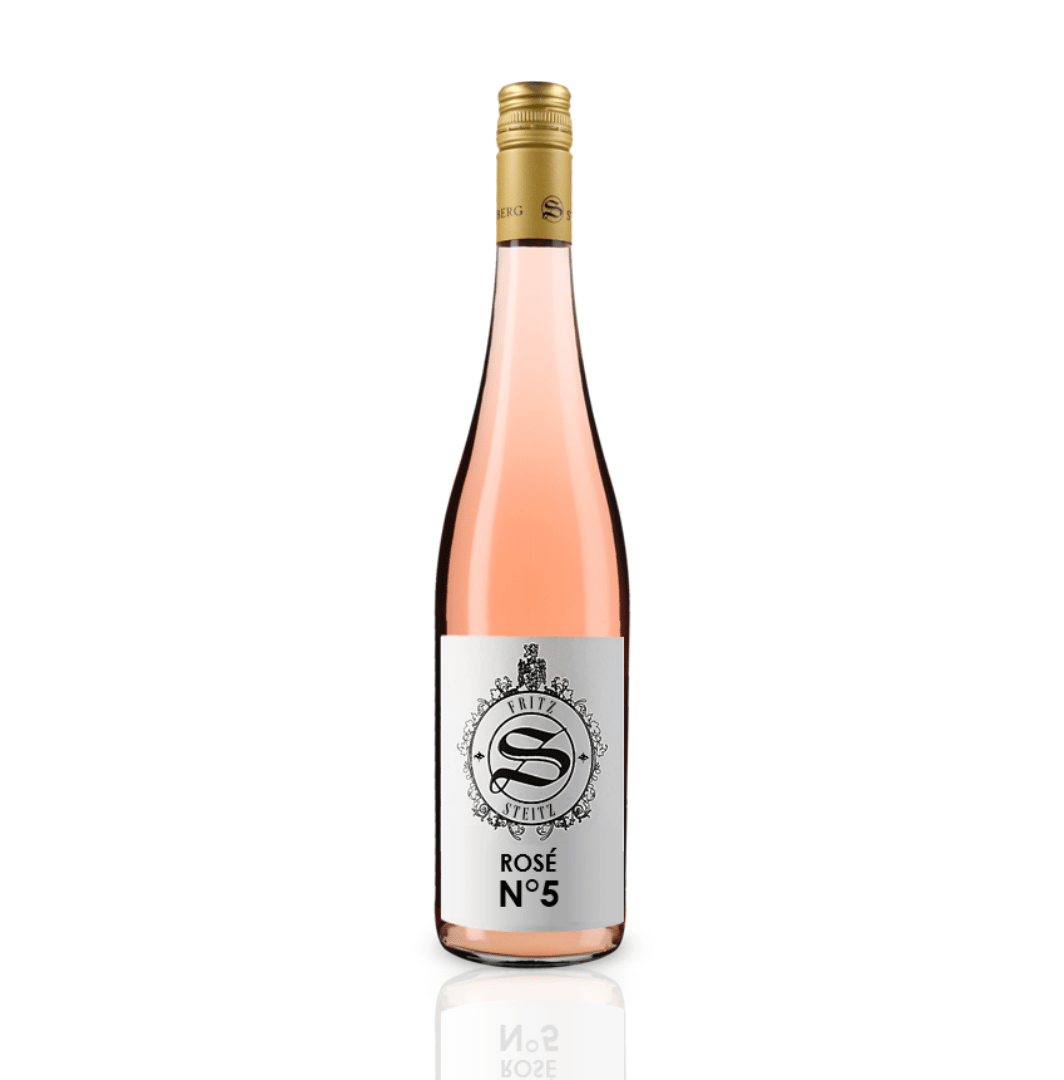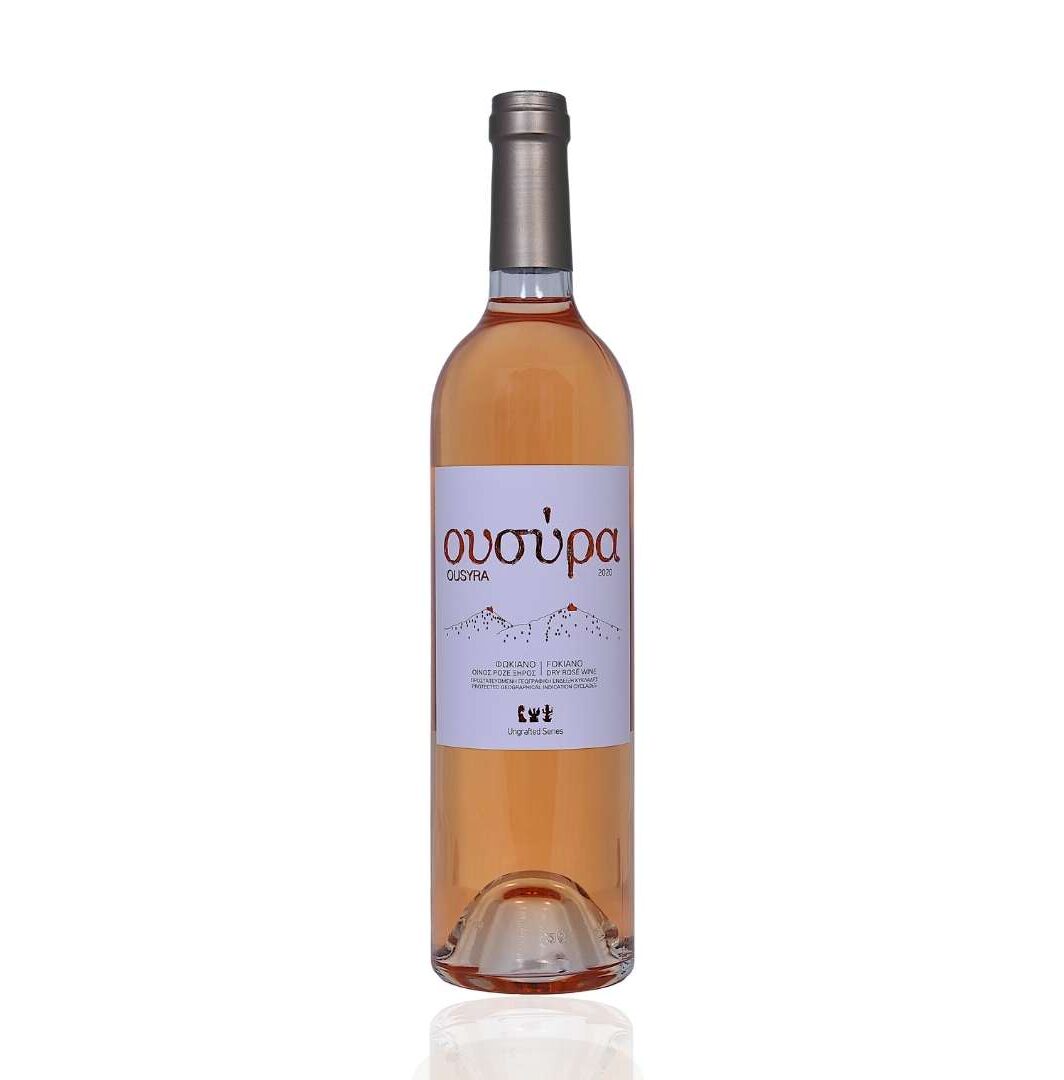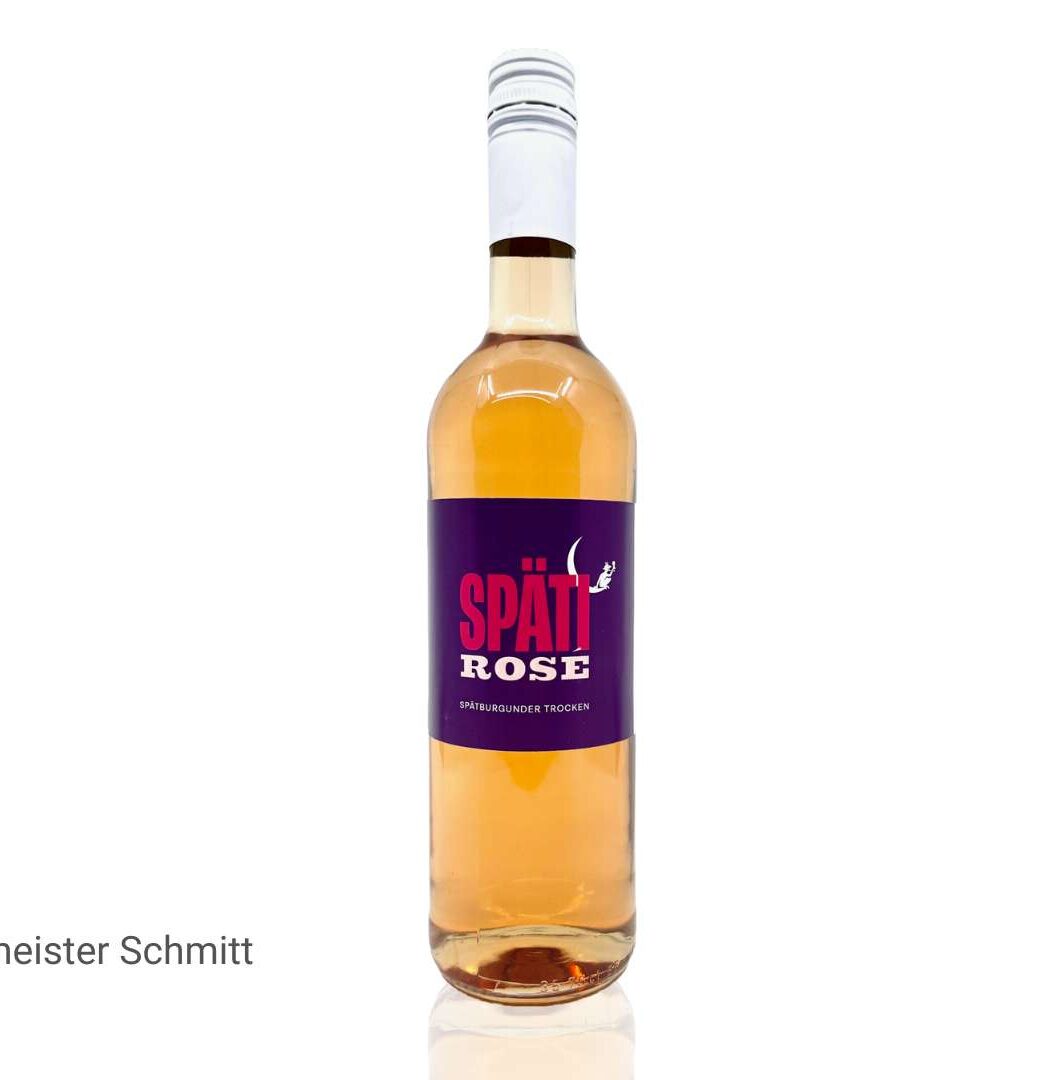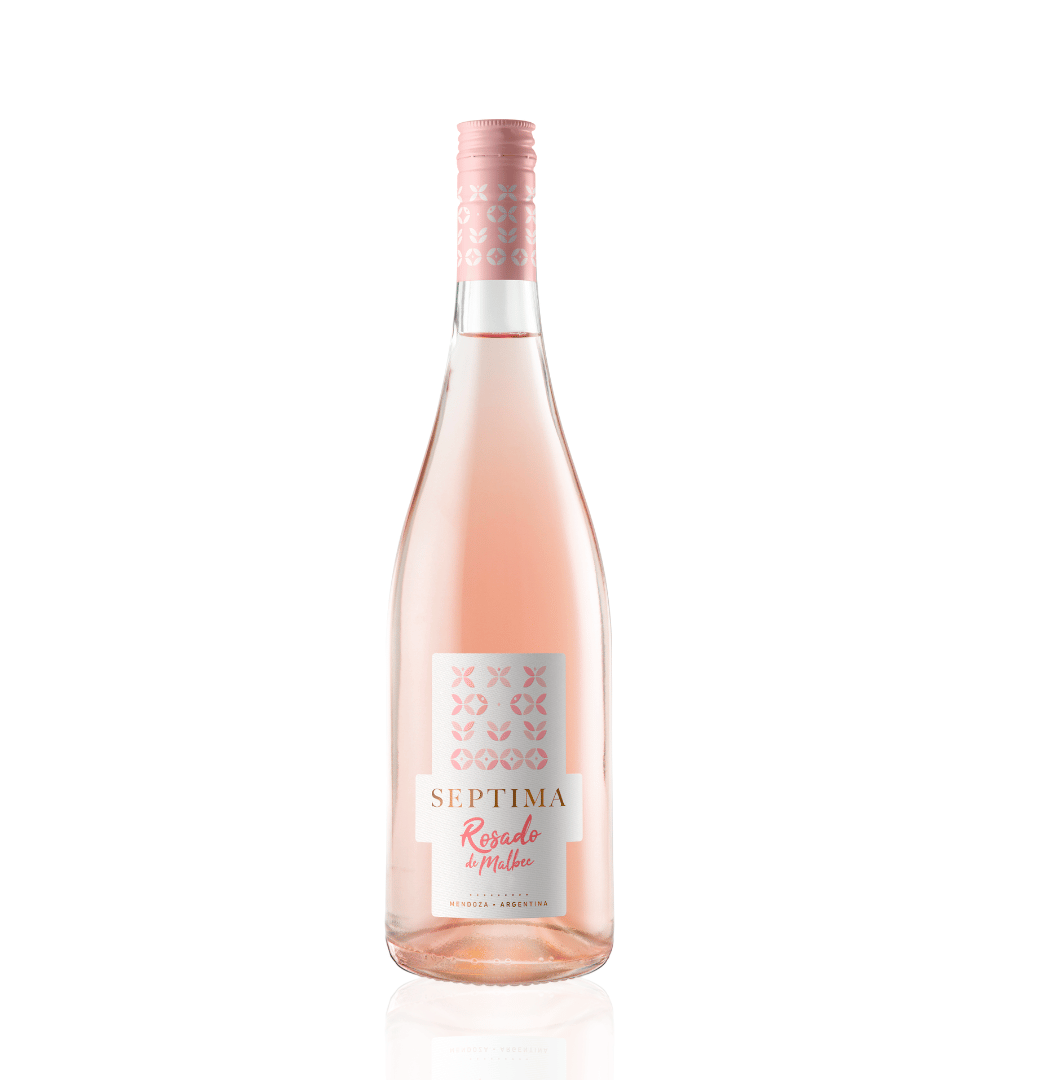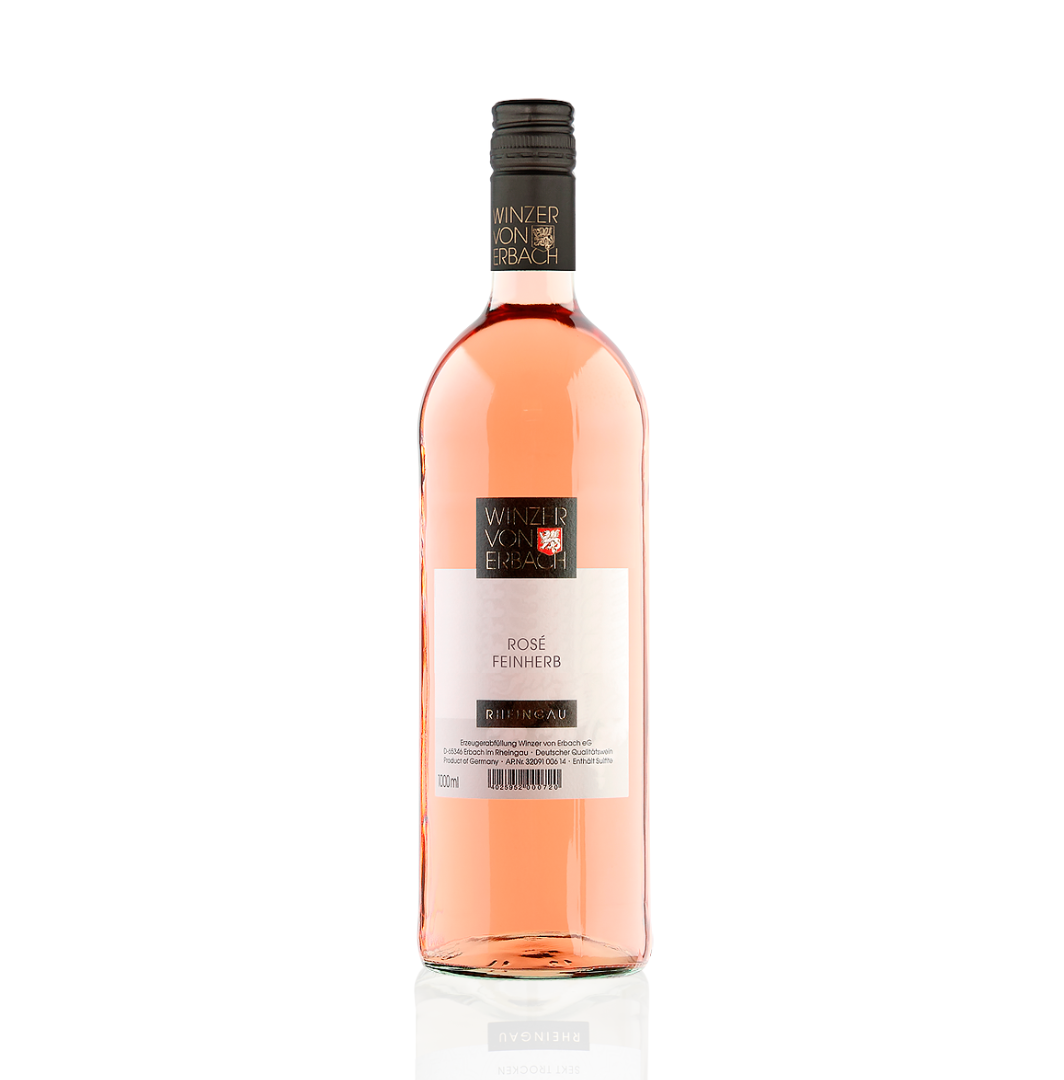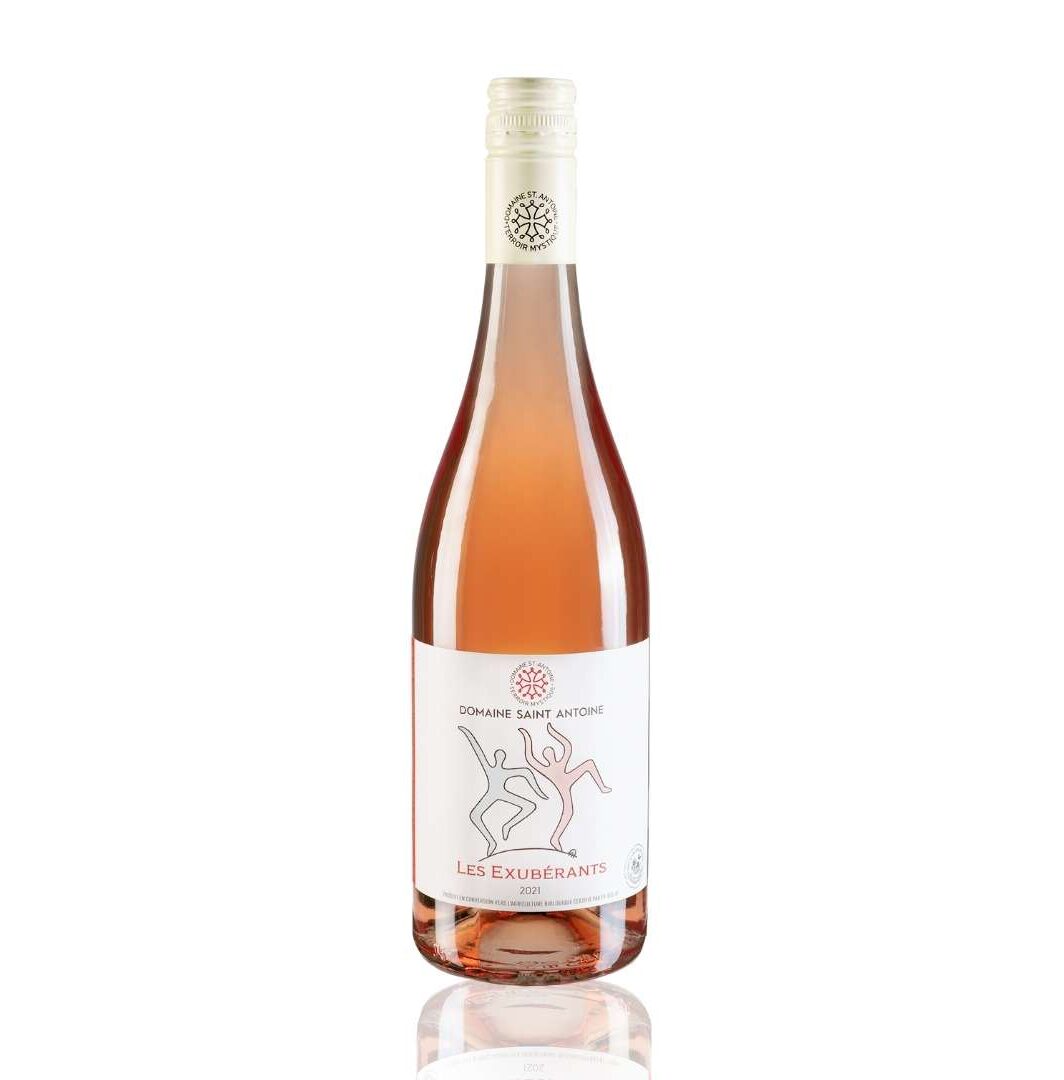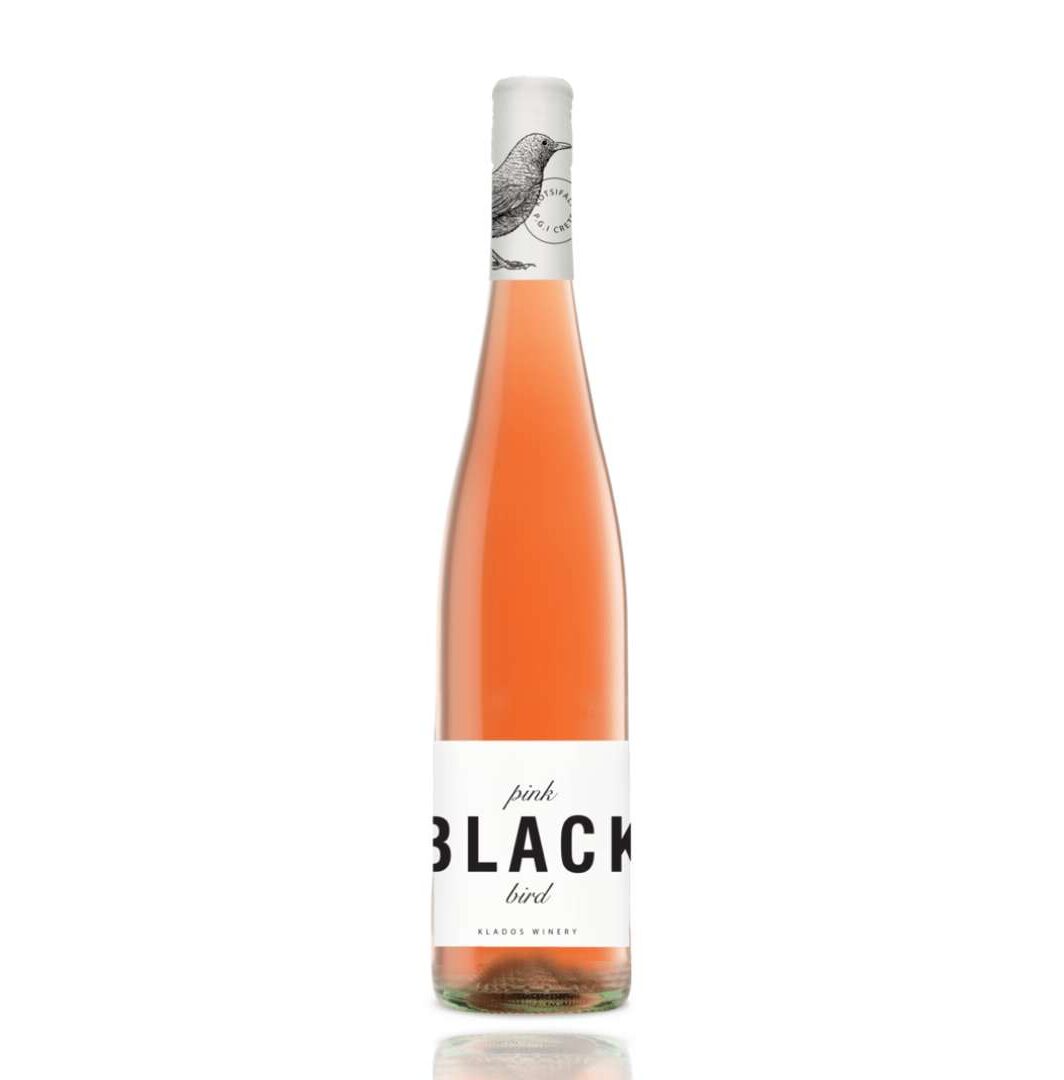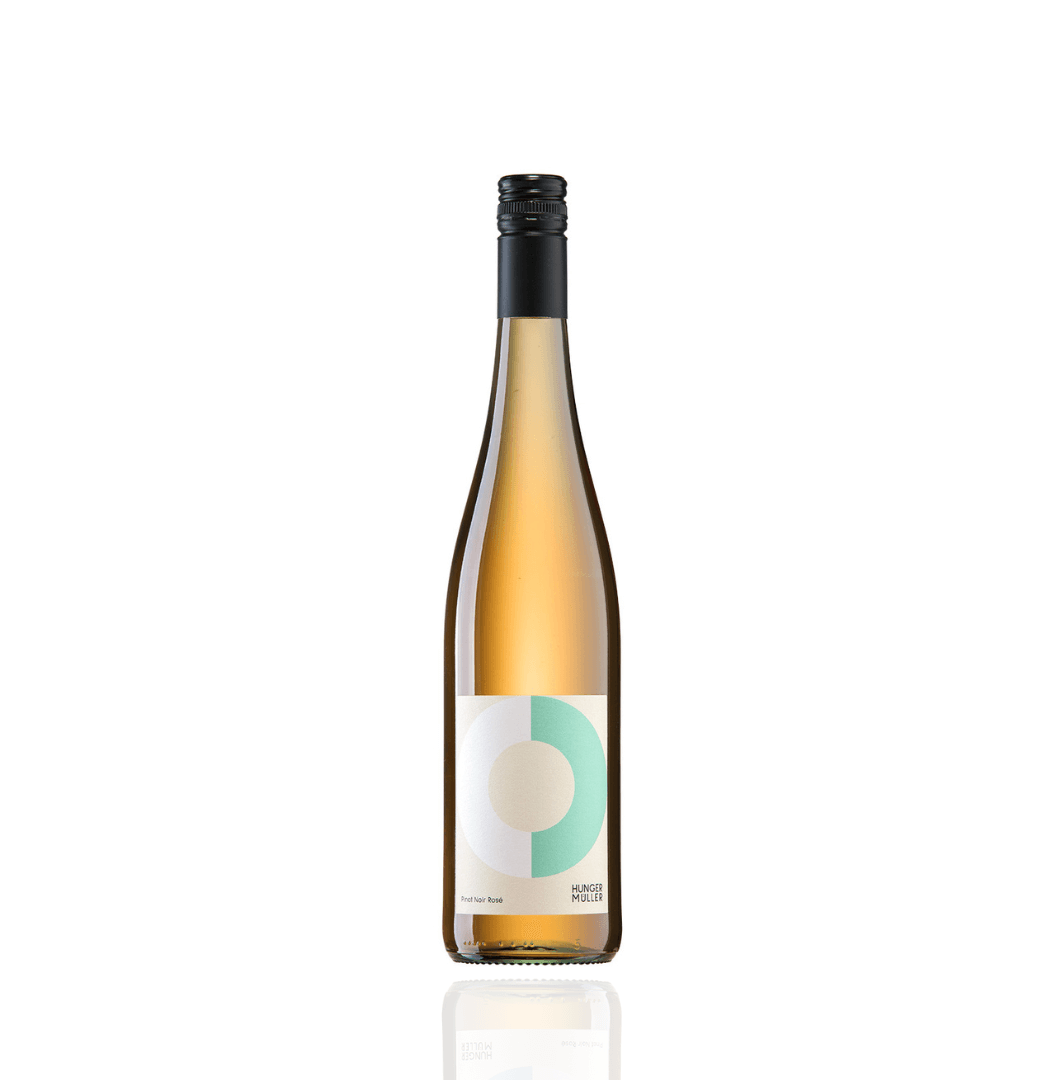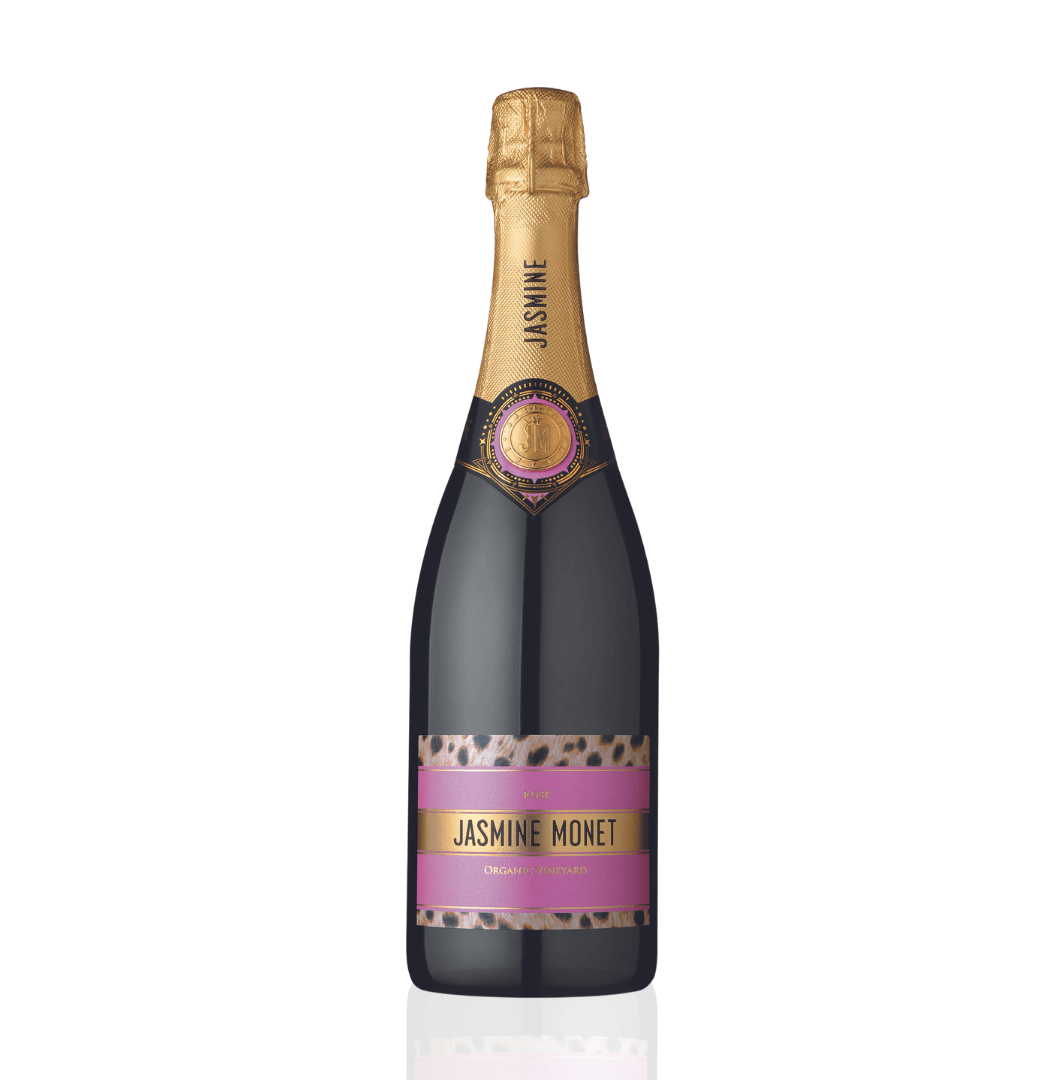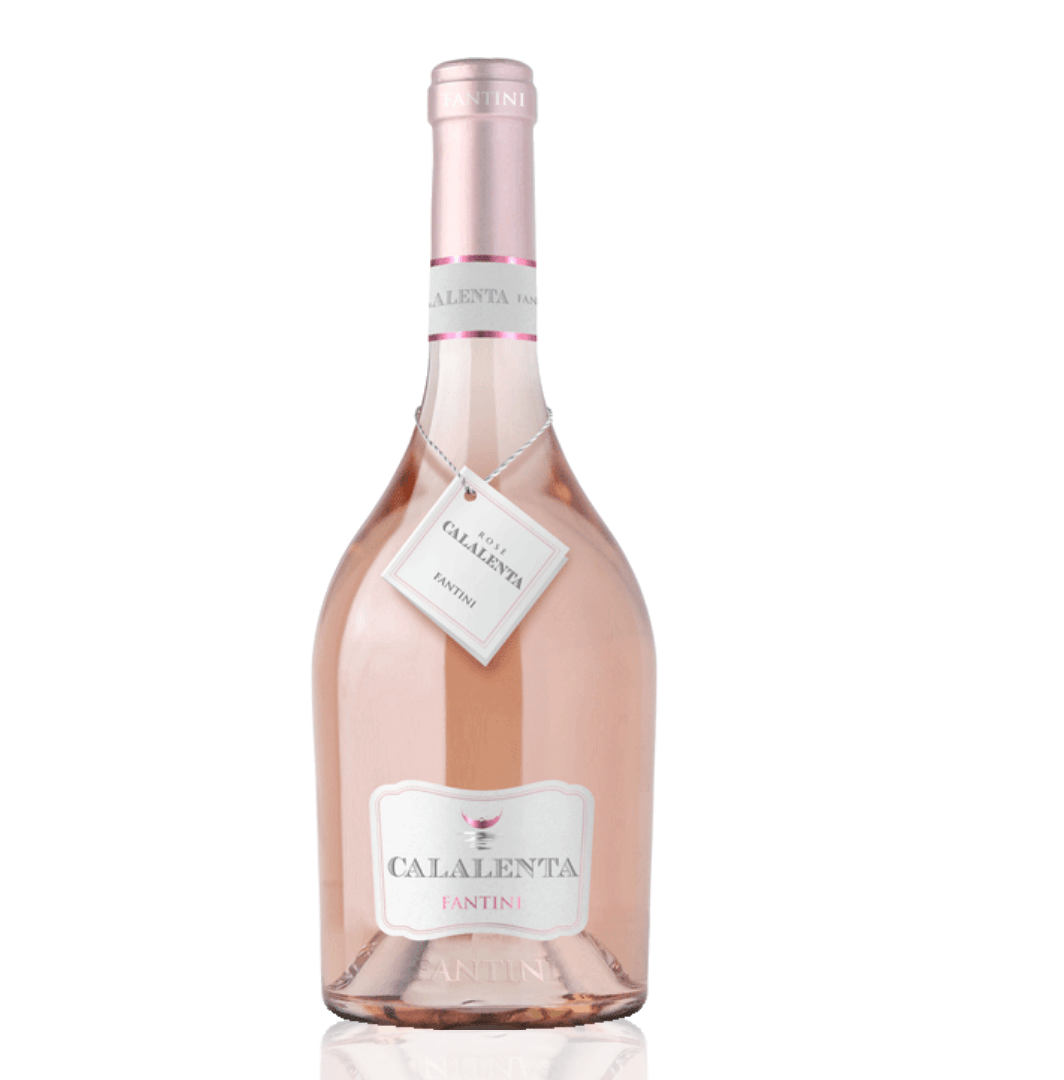Rosé – the ideal wine for the summer
Rosé wines have become more and more popular with wine lovers in recent years. Especially in summer, the summer wine is a favorite for cozy hours on the balcony or terrace. The fruity-fresh taste of the wine and its diversity make it the perfect summer wine!
In this article we will tell you everything you need to know about the popular summer wine rosé!
How is the ideal Rosé summer wine made?
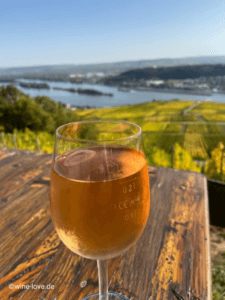 There is nothing to the myth that rosé wines are a mixture of red and white wine: Rosé wines are made exclusively from the red grapes of one grape variety, just like red wine.
There is nothing to the myth that rosé wines are a mixture of red and white wine: Rosé wines are made exclusively from the red grapes of one grape variety, just like red wine.
There are basically three methods used by the winemaker to make Rosé summer wine.
With the Saignée method (also called juice extraction), the grapes are left to their own devices and not pressed: the grapes lose their liquid due to their own weight. The resulting juice is fermented with the berry skins. In order to increase the ratio of peel to juice and to intensify the wine, part of the juice can be removed before fermentation, which can then be developed into rosé.
With direct pressing, the grapes are pressed or pressed immediately after the harvest. The must is then vinified directly like a white wine.
Rosé can also be made using the brief mash contact method. Here, the grapes are crushed a little after the harvest and the peel is left with the juice for a certain time. This time depends on the wine and is between six and 24 hours. This has a great influence on the later taste and color, the longer the more intense the color.
The slight reddening of the wine comes from the red grapes, which are vindicated like white grapes, and not from mixing red and white wine: In the EU, mixing to produce rosé wines is not even allowed. Only with a rosé sparkling wine can a white wine be mixed with a little red wine in order to obtain a rosé sparkling wine.
All production methods are suitable for the ideal summer rosé, which should be light and fruity, whereby the maceration should not be too long.
Which grape varieties are best for Rosé?
When it comes to grape varieties, Pinot Noir and Portuguese are particularly suitable for slim, fresh, salmon-colored rosés. If it is to be very berry, fruity, juicy and also more intense in color, Dornfelder, Regent or Merlot are well suited. In general, it can be said that the grapes for good rosés should be picked separately and accordingly must be assessed differently than grapes for red wine.
What are the most popular areas for Rosé wine?
Rosé is mostly produced in red wine regions because the wine is vindicated from the same red grapes.
France can almost be described as the land of rosé, because no other country produces and consumes more rosé than there. The most important and probably the most popular growing area for rosé in France is Provence. Rosé accounts for around half of the region’s wine production. Due to the heterogeneous landscape and the changing weather conditions, it is difficult to determine an exact taste of the rose of Provence. This is ot made from regional grape varieties. However, the cuvée made from the grape varieties Cinsault, Grenache, Mourvedre and Syrah is relatively widespread. The result is a delicious summery rosé wine with aromas of raspberries and often strawberries; a fresh citrus note and a scent of fresh herbs and rose petals from Provence.
Italy is also a famous country for rosé – the Italian rosato is very popular around the world. The Italian region of Apulia in particular is known for excellent rosé wines. In the northern part of the region, around Castel del Monte, the Bombino Nero grapes have their own DOCG designation of origin as Rosé. Rosé wine also has a long tradition in Tuscany and on the shores of Lake Garda, where it is called Bardolino Chiaretto and has many fans in summer. Rosè is also very popular in Abruzzo and is sold under the name »Cerasuolo« after a short mixing period of Montepulciano grapes.
Is Weißherbst the same as rosé?
In Germany, the Weißherbst is also a well-known and popular wine for the summer. Often the wines Rosé and Weißherbst are equated and treated as the same wine, although this is strictly speaking wrong. Rosé wine is often a cuvée, i.e. a combination of different grape varieties and types of wine. Stricter rules apply to Weißherbst: Weißherbst must consist of grapes that all come from the same vine and location. The Weißherbst is basically a special rosé that consists of only one grape variety. The grape varieties most commonly used for Weißherbst are Pinot Noir, i.e. Pinot Noir, or Portuguese. The properties of rosé and Weißherbst are very similar, because the fresh, fruity taste also makes Weißherbst a perfect summer wine!
Important when enjoying rosé: The wine should be drunk as young as possible because it has little aging potential. If the rosé turns brown, it is too old and should no longer be drunk!
Here’s why Rosé is a good summer wine
 Rosé is known for its fruity and fresh taste – which is why it is perfect for a little refreshment on a warm summer evening. The rosé combines the freshness of a good white wine with the fruity aroma of red wine. Whether for grilling or just plain: the summer wine scores with its residual sweetness and the berry flavors that it often contains. Rosé is very suitable as a combination with very different dishes. The rich fruit flavor supports more intense dishes such as spicy grilled meat or marinated salmon; the lightness and freshness of the wine also makes a good companion to vegetables of all kinds. In high-fat dishes, the rosé can even support the optimal digestion of the food!
Rosé is known for its fruity and fresh taste – which is why it is perfect for a little refreshment on a warm summer evening. The rosé combines the freshness of a good white wine with the fruity aroma of red wine. Whether for grilling or just plain: the summer wine scores with its residual sweetness and the berry flavors that it often contains. Rosé is very suitable as a combination with very different dishes. The rich fruit flavor supports more intense dishes such as spicy grilled meat or marinated salmon; the lightness and freshness of the wine also makes a good companion to vegetables of all kinds. In high-fat dishes, the rosé can even support the optimal digestion of the food!
In addition to the aromas of strawberry or raspberry, rosé is also a wonderful visual companion for a successful summer evening: the beautiful pink-red color makes the enjoyment special – because, as is well known, you eat or drink with your eyes!


